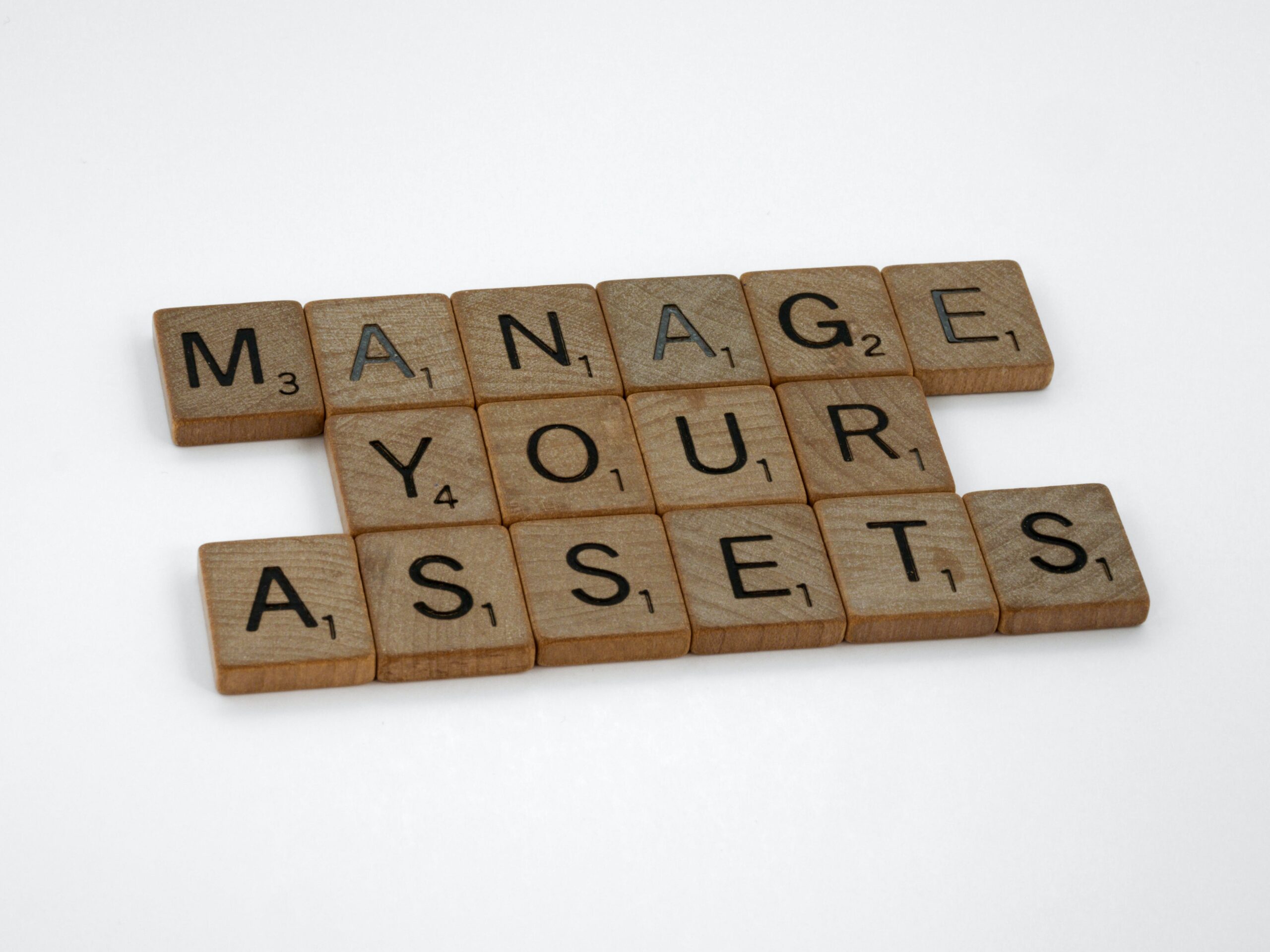If you want to reach financial freedom, learning how to build wealth is non-negotiable. Wealth deals with more than just money in the bank. It is about creating a system that allows you to bless your family, community, and beyond. But, where do you start?
There are only two classifications of income for most people in the United States according to the IRS— earned income and passive income. The money you work for is earned income, and the money you receive from assets is passive income. I refer to earned income as first X income (see my blog on the Triple X factor if this does not make sense to you!) Most people in the United States live right around the first X— that is, they live off of their job. In this blog, I will show you four easy steps to build wealth. They are:
- Become a High-Value Asset, not a Liability
- Build a Budget with the 80% Rule
- Know the Difference Between Assets and Liabilities
- Learn How to Get Rid of Debt
4 Steps for How to Build Wealth For Beginners
Step 1: Become a High-Value Asset, Not A Liability
In order to have an above-average income, you must become an above-average person. Learn to pour into yourself. Here are some ideas:
- Read something inspirational for 30+ minutes every day.
- Surround yourself with people you aspire to be like.
- Listen to those people, even if their opinions run counter to your personal beliefs.
In addition, it’s important to, LOOK. Success leaves clues. One of the greatest mistakes I made as a young man was assuming how and why people came into success without ever really studying the successful people in my life.
In 1 Corinthians 11:1 (NLT), Paul said, “Imitate me as I imitate Christ.” We grow by imitating solid examples of successful people with Christlike character.
Step 2: Build a Budget with the 80% Rule
If you want to learn how to build wealth, it comes down to basic math. If you can live off of 70%, I advise it, but 80% is the sweet spot for many who are getting started. Here’s how it works:
-
Keep the 80% for your expenses. This includes debt payments, housing, food, fun, etc.
-
Tithe 10%
-
Put 5% with someone who can professionally invest it and personally invest the other 5%.
This is what mastering your money looks like–giving every dollar a purpose! It is hard to sacrifice at first, but as you learn to get into a rhythm, you will begin to feel successful and have fun as you reach the first X.

Step 3: Know the Difference Between Assets Versus Liabilities
Wisdom does not stop at the 80/20 rule. You have to learn to carefully manage that 80%. Part of that process is knowing the difference between assets versus liabilities. Liabilities take money from you. They depreciate as soon as you purchase them- think cars, electronics, vacations, etc. Assets, however, bring money to you. They often appreciate over time— think real estate investments, businesses, stocks, etc. In other words, liabilities drain your wealth while assets make money for you.
It is amazing to me how many people will think nothing of putting $1000 down on credit to buy a flat-screen TV, but they think investing that money will plummet them into debt. If you want to reach the first X, you have to begin seeing the long game with your finances. Your money may not give you as much instant gratification as a shiny new espresso machine or hot new car would, but in the future, you will be so happy that you decided to make a wise choice.
Remember, delayed gratification today leads to greater freedom and security tomorrow. If you want to learn how to build wealth, this is an important principle to apply to your life.
Step 4: Learn How to Get Rid of Debt
Consumer debt is a plague in America that completely keeps people from building wealth.The average American carries thousands in debt, hindering their ability to invest and grow their wealth. Here is why eliminating debt is crucial:
- Interest payments are a wealth drain.
- When trapped in debt repayments, saving and investing become almost impossible.
For instance, if you purchase a $2,000 TV with a typical credit card, it will take 31 years and 2 months to pay off the balance by making the minimum payment. You will end up paying a total of $10,202 for a $2,000 TV! That is $8,202 in interest alone. Better yet, what do you think that TV will look like in 31 years? If you want to reach that first X and make more than you spend, this step is a big one. I have a nine-step system to help you learn how to get rid of debt— click here if you want to learn more about this quick way to get out of debt.
What questions do you have about reaching the first X? Comment below to let me know your thoughts.




This is a fruitful information, am glad this message passed by me. I see usage of money differently now, and how it could grow me financially as a person.
Thank you for that feedback! We appreciate your support. God bless you.
Thank you for inspiring others. Your tips are really helpful.
I sincerely appreciate your efforts to make this great work written for me to come across it,I will like to get more information on wealth 💝
Probably 101% Right
Very useful.
‘ put 5% with someone who can professionally invest it and personally invest the other 5%.’
What does this look like?
Hi Leah! Thank you for your question. This looks like reaching out to someone like a financial planner or stockbroker to steward 5% of your income and learning how to invest the remaining 5% yourself, whether it be in stocks, an IRA, or another venture. This way, you have a professional on board while you simultaneously ‘get in the game’ and learn yourself!
This is awesome. Most of us young men . especially this generation of ours saving is very hard. There’s a lot of things we desire of which we can not achieve them at once. Thank you for this article it really helped
Thank you for this information.. how can I get Billy’s book on money mastery? Am in Nigeria
Hello! Thank you for your interest in Money Mastery. We currently offer an e-book option that is accessible anywhere: https://www.wealthbuilders.org/product/money-mastery-book-digital-version/
Very interesting And educative thanks for the insight.
Hello, I appreciate your efforts. But it is easier said than done. Why not come and partner with me?
Tomorrow you’ll wonder wahoo.
Blessings
What business do you do? We can Partnership together if it’s a good business. You can reach me on email seromedaniel @ gmail . com
I only have two debts right now my home and my car I don’t buy anything on credit I only put on my credit card what I can pay off the next month only because I had fraud so that’s why I do it this way. I live on 80 percent. Like what you said in there 5% personal investment and 5% have someone else invest for you. I don’t understand stocks but I do understand real estate as I’ve been a and owned homes I do have some saved and want to get into real estate investing but don’t have enough saved yet and I’m older so I’m getting a late start in life had some setbacks
Good advice am trying to learn how save and invest sir thanks
Thank you so much for the fruitful information.
will surely make a difference with this information
Thank you very much for the time spent preparing this insightful article. Thank you also for the scriptural reference.
This is an amazing step to take especially step 2. Is very vital in everyone’s lives 10% Tithe as you mentioned is a blessing.